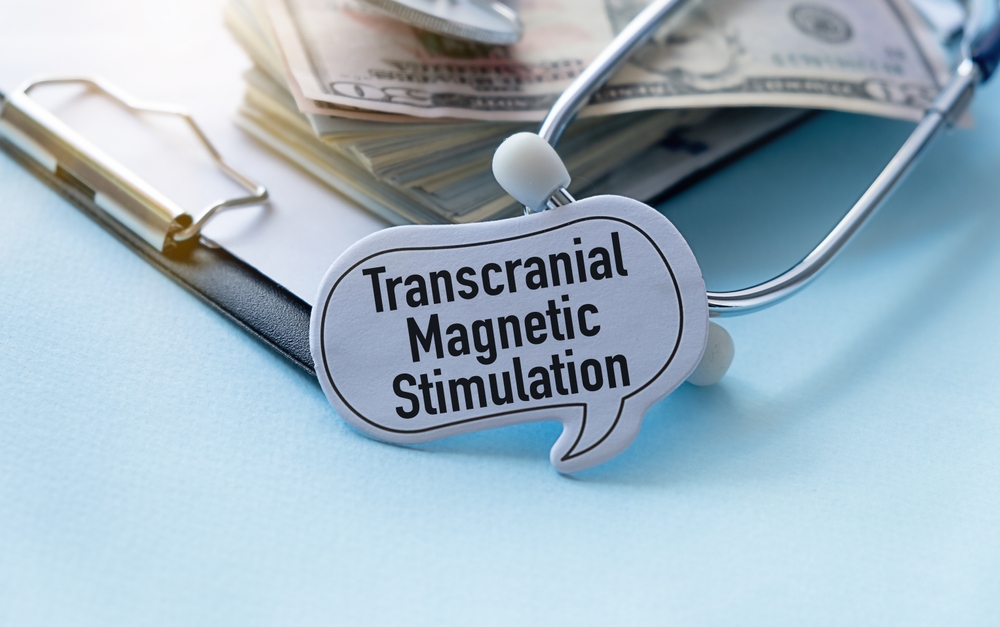You may be considering Transcranial Magnetic Stimulation (TMS) therapy for depression or other mental health conditions, and you’re likely eager to understand how long it will take to experience the benefits. In this discussion, we’ll dive into the details surrounding this topic and help give you a better idea of when you might start feeling the positive effects of TMS therapy.
What Is Transcranial Magnetic Stimulation (TMS) Therapy?
Before answering the question, “How long does it take for TMS to work?,” it’s essential to understand what goes into TMS therapy. TMS therapy is a non-invasive procedure that involves delivering magnetic pulses to specific areas of the brain. These pulses stimulate nerve cells, changing how they work and potentially alleviating symptoms of depression, anxiety, and stress. TMS therapy is well-tolerated and offers several benefits, including minimal side effects and the ability to target specific brain regions implicated in mood regulation.
How Long Does TMS Take to Work?
One of the most common questions associated with TMS is, “how long does it take for TMS to start working?” The timeline for observing the effects of TMS therapy can vary person to person. As a general estimate, most patients begin to see improvements within two to four weeks of starting treatment.
Initially, these changes may be subtle, such as getting better sleep, heightened energy levels, or increased focus. As treatment continues, these changes typically become more noticeable. A typical TMS regimen involves sessions held five days a week, with each session lasting between 3 and 20 minutes, over a span of two to seven weeks. However, some people might need to keep getting treatment for a long time before they really start feeling better and achieve substantial benefits. Our experts will determine the treatment plan that’s best for your personal needs.
How Long Does TMS Therapy Last?
One common question regarding TMS therapy is how long the effects of treatment will last. While individual experiences may vary, research suggests that the benefits of TMS therapy can persist for an extended period following the completion of treatment. Some individuals may experience long-lasting improvements in mood and overall well-being. Others may require maintenance sessions to sustain the effects of TMS therapy over time.
However, a majority of patients who undergo the entire treatment regimen report sustained symptom improvement for a period ranging from six months to a year or even longer. A study conducted in 2013 investigated the outcomes of TMS depression treatment over 12 months, revealing that after one year, 68% of participants exhibited improved symptoms, with 45% achieving complete remission.
Key Points
Transcranial Magnetic Stimulation (TMS) therapy offers a trusted treatment option for individuals struggling with depression, anxiety, and stress. While the timeframe for TMS therapy to take effect can vary, consistent treatment and patience are key to maximizing its effectiveness. When choosing to undergo TMS therapy, be sure to keep an eye on your symptoms and stay in touch with your healthcare provider to make the most of your treatment.
Learn More About TMS Treatments
Contact Fountain Hills Recovery to learn more about TMS therapy and how it can benefit you or a loved one. Our experienced team provides comprehensive and personalized care to help you achieve mental wellness and recovery.





